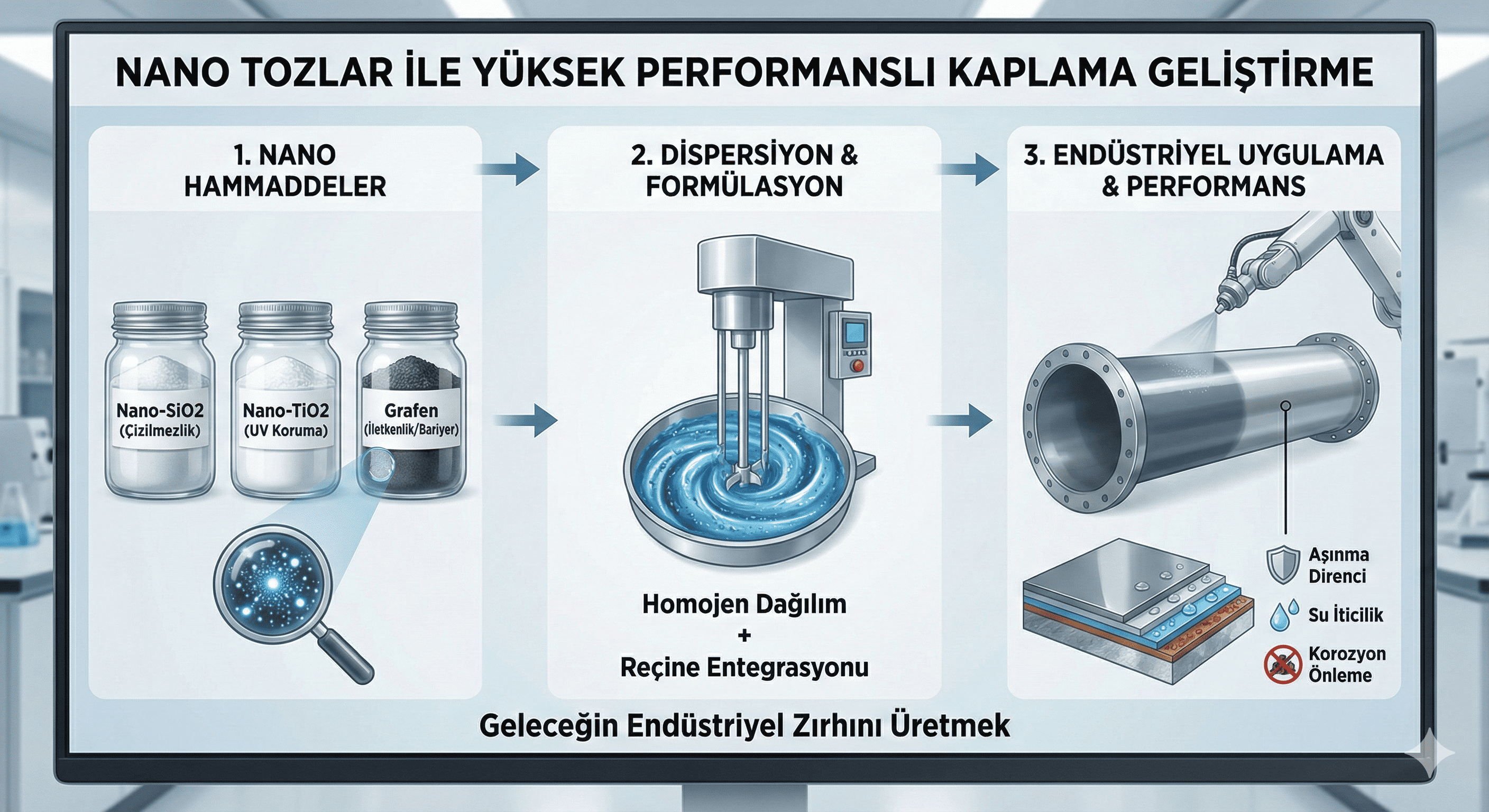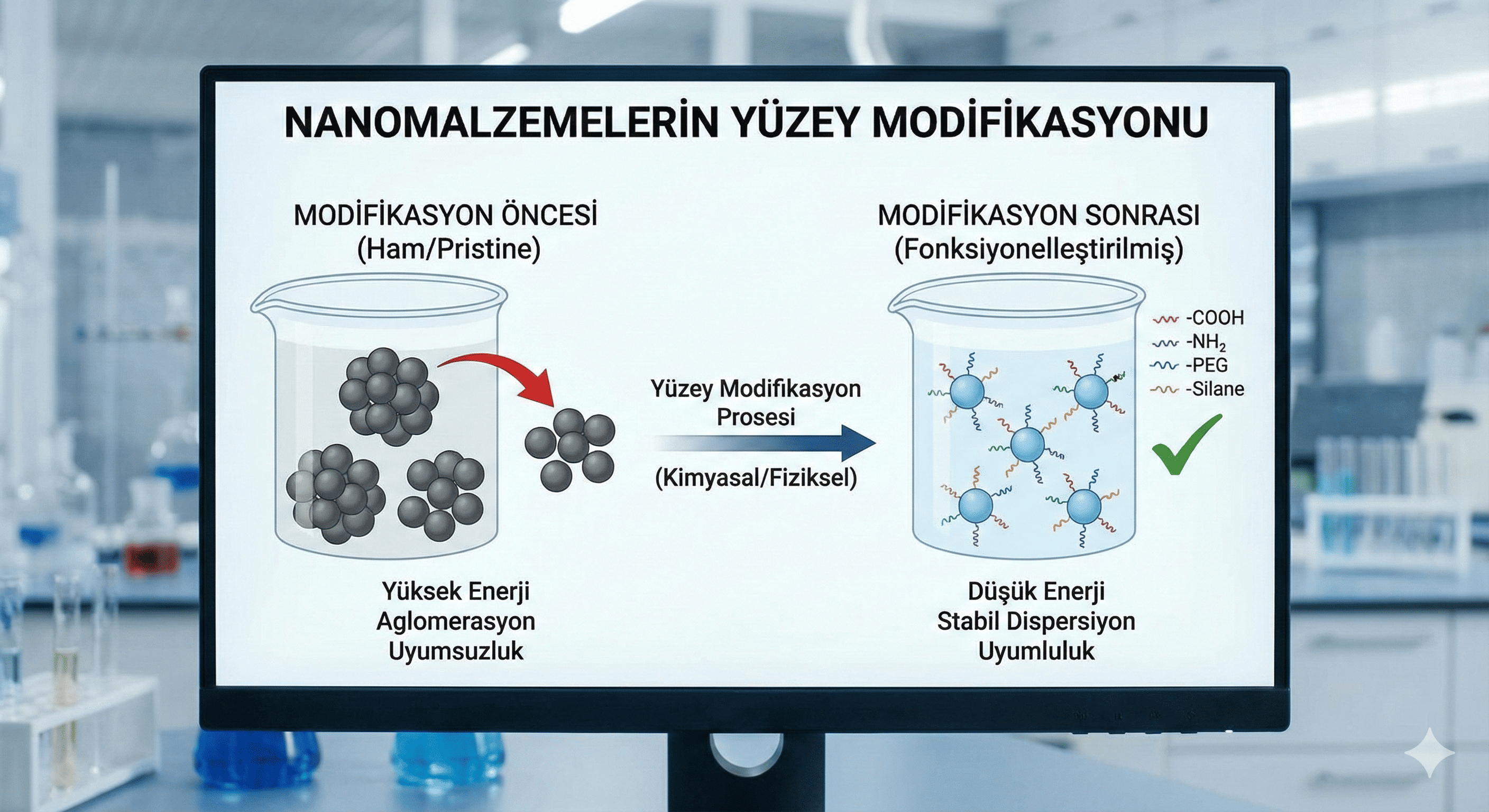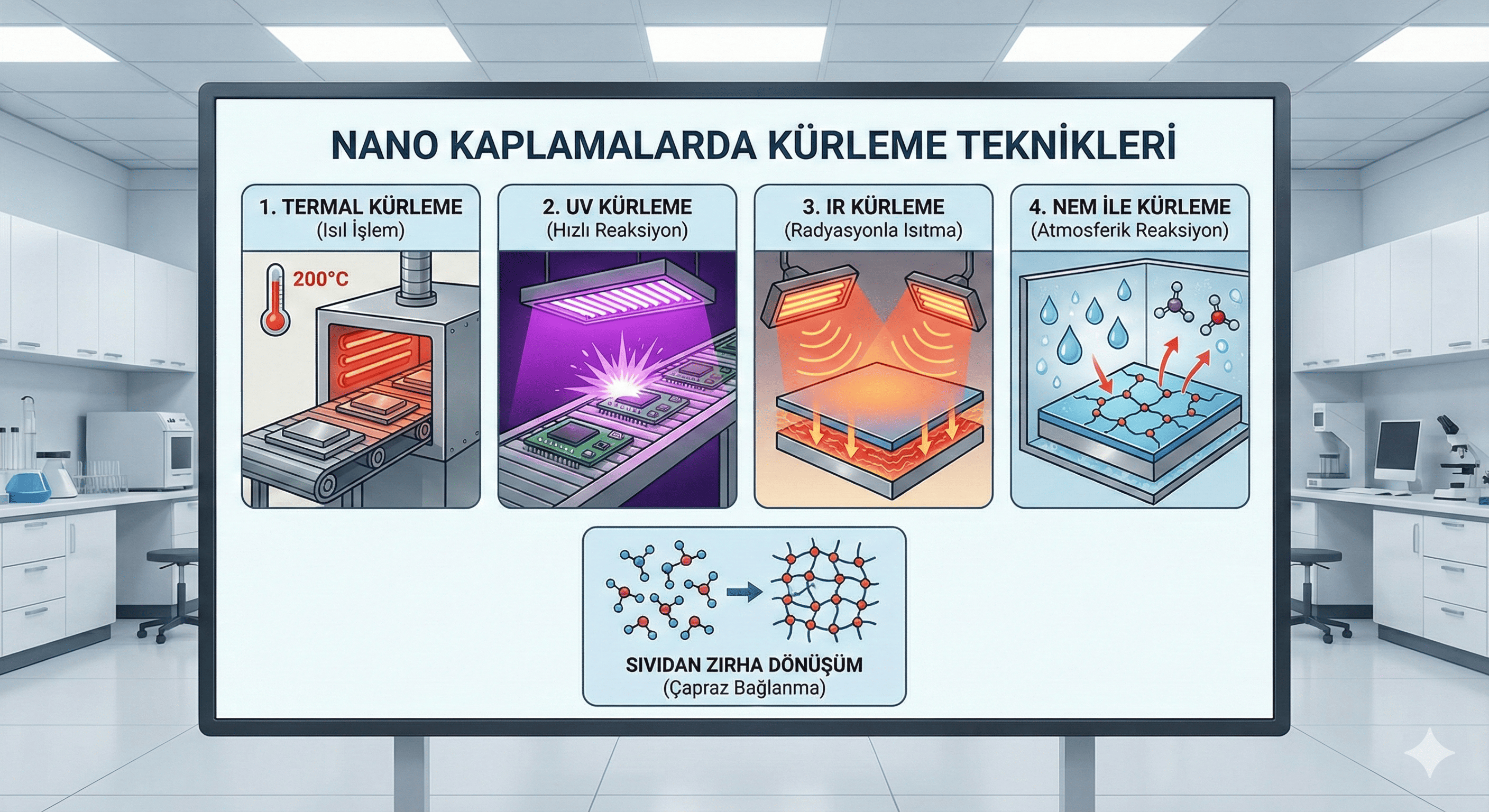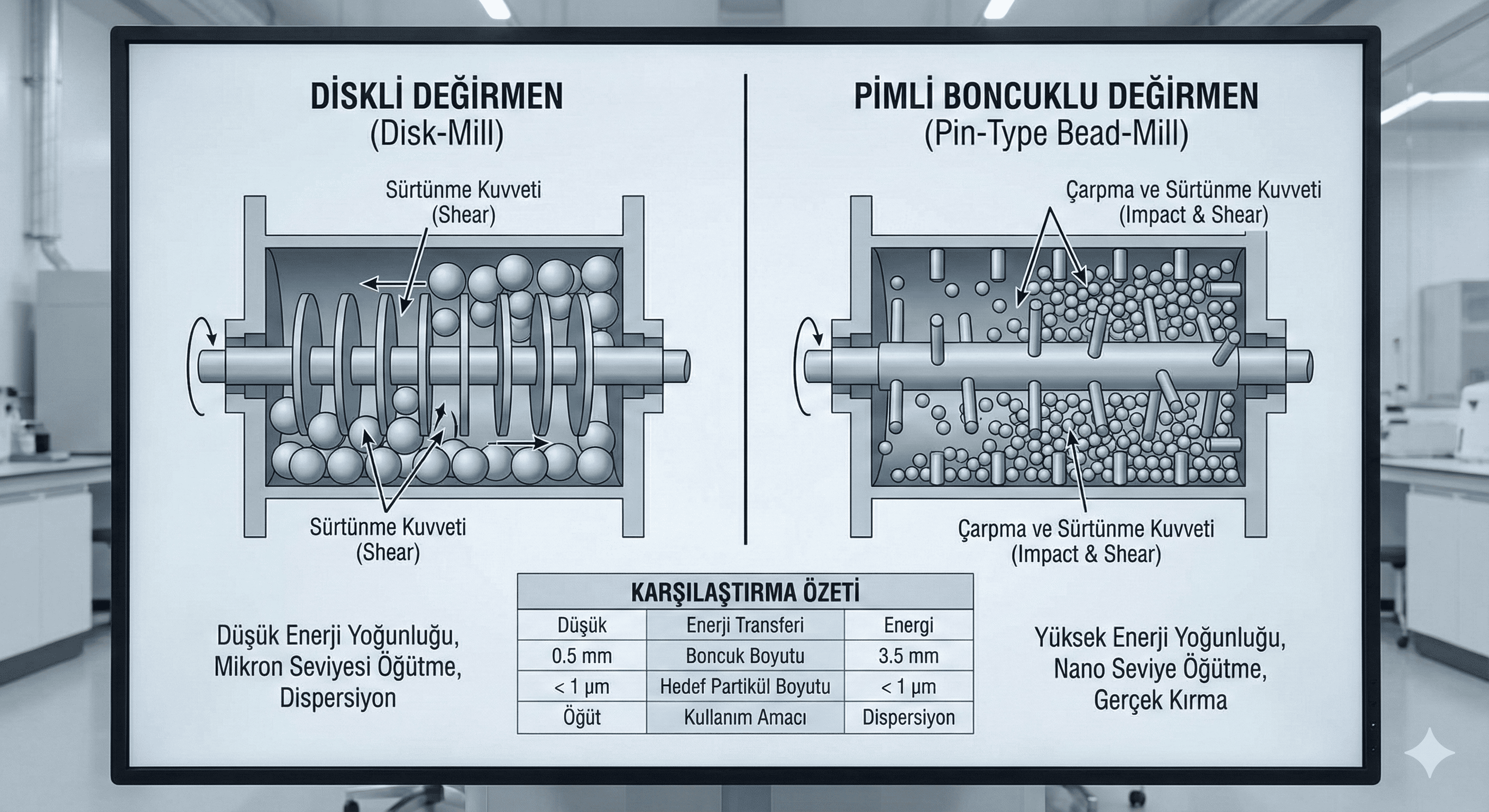Cesium chloride (CsCl) is an important inorganic compound known for its unique properties and wide range of applications. This article provides an in-depth examination of cesium chloride, including its chemical properties, synthesis methods, and diverse applications. Additionally, it addresses safety considerations and potential future research directions.
1. Introduction
Cesium chloride is a white, crystalline inorganic salt composed of cesium and chloride ions. It is known for its high solubility in water and its role in various industrial, scientific, and medical applications. Cesium chloride is valued for its unique lattice structure, which has implications in crystallography and materials science.
2. Chemical Properties
2.1. Chemical Formula and Structure
Cesium chloride has the chemical formula CsCl. It consists of one cesium cation (Cs?) and one chloride anion (Cl?). The compound crystallizes in a body-centered cubic lattice structure, which is notable for its symmetrical and isotropic properties.
2.2. Physical Properties
- Appearance: Cesium chloride is a white crystalline solid or powder.
- Solubility: It is highly soluble in water, with a solubility of approximately 148 g/L at 25°C.
- Density: The density of cesium chloride is about 4.52 g/cm³.
- Melting Point: Cesium chloride has a melting point of approximately 645°C (1193°F).
2.3. Basicity and Reactivity
Cesium chloride is a neutral salt and does not exhibit significant basic or acidic properties in solution. It is relatively stable but can react with strong acids to form cesium salts and hydrochloric acid:
CsCl+HCl→CsCl+H2O\text{CsCl} + \text{HCl} \rightarrow \text{CsCl} + \text{H}_2\text{O}CsCl+HCl→CsCl+H2?O
3. Synthesis Methods
3.1. Direct Reaction
Cesium chloride can be synthesized by reacting cesium hydroxide (CsOH) or cesium carbonate (Cs²CO³) with hydrochloric acid (HCl):
CsOH+HCl→CsCl+H2O\text{CsOH} + \text{HCl} \rightarrow \text{CsCl} + \text{H}_2\text{O}CsOH+HCl→CsCl+H2?O
or
Cs2CO3+2HCl→2CsCl+H2O+CO2\text{Cs}_2\text{CO}_3 + 2\text{HCl} \rightarrow 2\text{CsCl} + \text{H}_2\text{O} + \text{CO}_2Cs2?CO3?+2HCl→2CsCl+H2?O+CO2?
3.2. Precipitation Method
Cesium chloride can also be prepared by the precipitation method, which involves mixing solutions of cesium sulfate (Cs²SO4) and sodium chloride (NaCl):
Cs2SO4+2NaCl→2CsCl+Na2SO4\text{Cs}_2\text{SO}_4 + 2\text{NaCl} \rightarrow 2\text{CsCl} + \text{Na}_2\text{SO}_4Cs2?SO4?+2NaCl→2CsCl+Na2?SO4?
3.3. Electrolytic Method
In some cases, cesium chloride is produced using electrolytic methods, where cesium salts are electrolyzed in aqueous solutions to form cesium chloride.
4. Applications
4.1. Crystallography
Cesium chloride is used in crystallography as a standard for calibrating X-ray diffraction equipment. Its body-centered cubic structure serves as a reference for studying crystal structures and lattice parameters.
4.2. Medical Applications
- Cancer Treatment: Cesium chloride has been used in alternative medicine for its purported anti-cancer properties, though its use is controversial and lacks strong scientific support.
- Radiotracers: It is also used in radiotracers and diagnostic imaging in some medical applications.
4.3. Chemical Synthesis
Cesium chloride is used as a reagent in various chemical synthesis processes, including the preparation of other cesium compounds and as a catalyst in certain reactions.
4.4. Environmental Applications
In environmental science, cesium chloride is utilized in tracer studies to track the movement of substances in the environment and to study the behavior of cesium in different ecological systems.
4.5. Materials Science
Cesium chloride is used in materials science to create certain types of glasses and ceramics, where its unique properties can enhance the performance and characteristics of the final products.
5. Safety and Handling
5.1. Health and Safety Risks
Cesium chloride is generally considered safe to handle in moderate quantities but can be harmful if ingested, inhaled, or if it comes into contact with skin and eyes. It can cause irritation and, in high concentrations, can lead to more serious health effects. Proper safety protocols, including the use of gloves, safety goggles, and proper ventilation, should be followed.
5.2. Storage and Disposal
- Storage: Store cesium chloride in a cool, dry place in a tightly sealed container. It should be kept away from moisture and incompatible materials.
- Disposal: Dispose of cesium chloride according to local regulations and safety guidelines. It should be handled as chemical waste if disposal requirements dictate.
6. Future Research Directions
6.1. Advanced Applications
Future research may explore new applications of cesium chloride in advanced materials, high-tech manufacturing, and other emerging fields. Its properties could be leveraged for innovative technologies and improved materials.
6.2. Environmental Impact
Investigating the environmental impact of cesium chloride and developing sustainable practices for its use and disposal could contribute to more environmentally friendly applications.
6.3. Enhanced Medical Uses
Further research into the medical uses of cesium chloride, particularly in radiotracers and cancer treatment, could lead to new therapeutic or diagnostic methods.
7. Conclusion
Cesium chloride is a versatile compound with valuable properties and applications in crystallography, medical diagnostics, chemical synthesis, and materials science. Understanding its properties, synthesis methods, and applications is crucial for its effective use. Continued research and development will likely expand its applications and address challenges related to safety and environmental impact.





